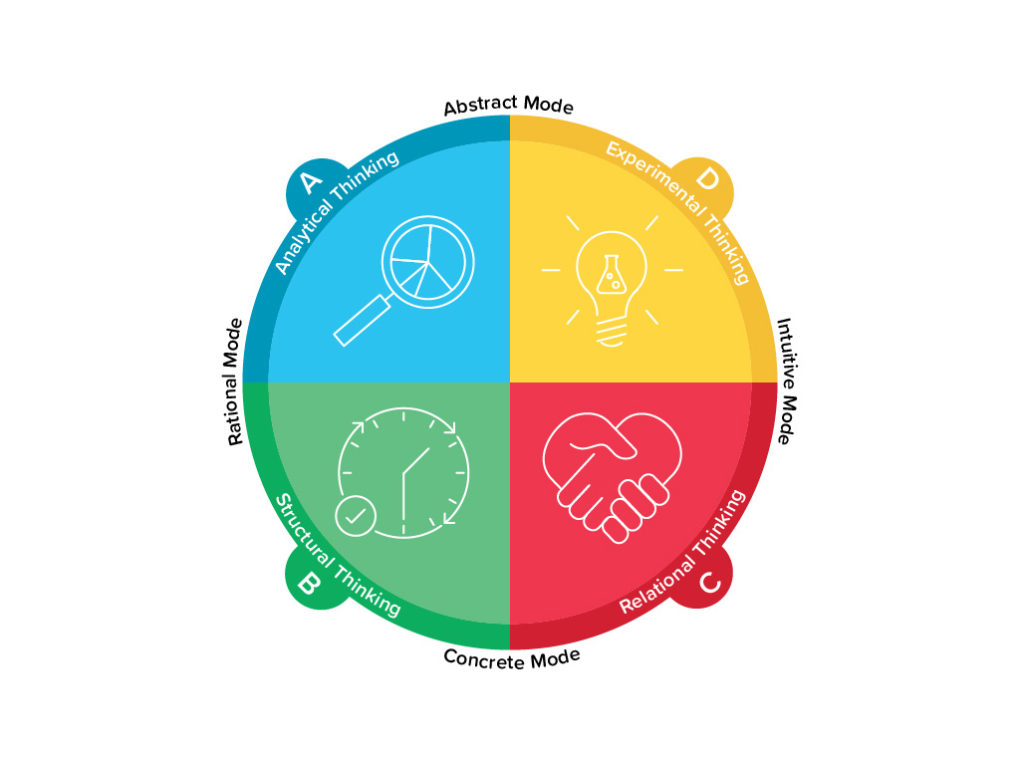This guest post is a contribution from Herrmann International Asia partner, Prasad Deshpande, CEO of Empowered Learning LLP.
“Preserving the status quo is not a business strategy.” Shantanu Narayen – CEO Adobe.
Digital Masters
Disruption caused by technology has been gathering pace over the last decade, and the pandemic has accelerated the trend significantly, some say by 5 to 7 years.
In a recent global management survey by MIT, 93% of workers across industries and geographies agreed that being digitally savvy is essential to performing well in their role.
Some businesses are ‘Digital Masters’, but most companies are at some stage of digital transformation, coming to grips with what it means to ‘go digital’. According to Didier Bonnet and George Westerman from MIT, who wrote the seminal paper ‘The Nine Elements of Digital Transformation’ in 2014, organisations need to become ‘Digital Masters’. Digital Masters have both digital and leadership capability allowing a company to transform digital technology into a business advantage.
Like Adobe
For 35 years, Adobe developed packaged software for the desktop and was ripe for digital disruption. Instead, Shantanu Narayen steered Adobe to a subscription-based model by selling his vision that only a subscription-based business could deliver a better customer experience over the long term.
Over the years, everyone had settled comfortably to the cadence of the 12-18 month product development cycle at Adobe. This self-imposed rhythm had to change if Adobe had to transform digitally.
Shantanu orchestrated this change in the following ways.
- He planted flags with external and internal customers explaining why moving to subscriptions would be a great thing and building the road – how to get there.
- He encouraged people to think holistically about the entire customer experience and think about everything in the ecosystem and not just functionality and product features.
- He changed the goalposts. In a digital business, customer acquisition is only the first step. It’s retention that is the new growth.
These changes resulted in Adobe exceeding $100 billion in market cap and joining the Fortune 400 for the first time in 2018, while ranking No. 13 on Forbes’ Most Innovative Companies list.
This time, it’s different
“A problem has a different solution on different days.” – US General Stanley McChrystal
Our business environment is rapidly changing. To get a sense of what that means, the amount of data doubles every two years, reflecting a 50-fold growth from 2010-2020.
To understand how managers viewed this change created by digital disruption in the future, MIT recently ran a survey of more than 4,000 managers and leaders from over 120 countries Worldwide.
There are four significant changes that the respondents cited.
- The increased pace of doing business
- The shift in organisational culture (and the corresponding tensions between ‘change makers’ and employees with a traditional mindset)
- The need for a flexible and distributed workplace
- Greater expectations of productivity
Digital Masters, like Adobe, have both digital and leadership capability.
What does this mean?
In organisations that are managing digital transformation well, leaders, teams and individuals are flexible and adaptable when dealing with the changes created by digital disruption.
These organisations have nurtured a digital mindset at all levels: leaders, teams and individuals. A digital mindset is about paying attention to many factors apart from just business since technology’s impact is far-reaching, and one can never anticipate all scenarios. It is about the ability to join the dots, to be sceptical about the gains of technology while advocating its use.
Organisations will have to identify and nurture a distinct set of competencies and be more sensitive and aware about reconciling people’s affective needs (making them feel valued) with the pace of change as technology becomes more pervasive in every aspect of business and the customer experience.
We have identified some of these competencies at different levels in the organisation.
Leaders with a digital mindset
- Leaders with a digital mindset think deeply about technology’s impact on team members, customers and other stakeholders. They recognise that while technology can be an enabler, technology can be a source of great inequality.
- They provide clarity of purpose, vision, and strategy. It would mean balancing people’s emotional needs with technology requirements. It would also suggest thinking about a wide range of issues other than those driven by business considerations.
TCS is an excellent example of a Digital Master balancing clarity of purpose with strategy. TCS is the most prominent company in the world’s IT sector by Market capitalisation of $169.2 billion. It is a subsidiary of the Tata Group and operates in 149 locations across 46 countries. Tata Consultancy Services is now placed among the most valuable IT services brands worldwide.
Tata Consultancy Services (TCS) on March 31st 2021, unveiled a new brand statement, ‘Building on Belief’, to articulate its mission and relationship with customers as it embarks on its next decade of transformation-led growth. For over a decade, the company’s brand statement was ‘Experience Certainty’. ‘Building on Belief’ conveys that TCS is a community of developers who work with clients collaboratively and actively. The word Belief encapsulates four pillars—world belief, customers belief, TCS belief and individual Belief.
“Every innovation and every transformational journey begins with the belief that it will make the world better,” said Rajesh Gopinathan, MD & CEO, TCS.
- They believe in creating a culture that fosters innovation, experimentation and collaboration, embedding practices like reverse mentoring in the organisation culture. They are open to new ideas, willing to take risks on new technology, be an early adopter, value innovative thinking and view technology as a strategy. For example, “cloud” is seen as a catalyst of innovation across silos and business and not just a data centre.
Teams with a digital mindset
- Value diversity of thinking and purposefully harness this thinking to innovate and push boundaries and think in possibilities.
- Think beyond just the team task or business’s objective and think about a wide range of issues as well.
Individuals with a digital mindset
- Are comfortable with change and actively participate in scanning for change. View change as an opportunity and see themselves as part of a larger whole, a digital tribe.
- They are comfortable with ambiguity and with the blurring of identities. The collapse of context has blurred boundaries between vendors and customers, between who we are at home and the office and between contract workers and permanent employees. They recognise that we live in a world where we can’t assume multiple identities.
Whole Brain® Thinking
The Whole Brain® Model is a robust framework that enables us to meet the often conflicting demands of digital and leadership goals at all levels: leaders, followers and teams.
The four-colour quadrant graphic and Whole Brain® are registered trademarks of Herrmann Global, LLC. © 2021 Herrmann Global, LLC
The model serves as an organising principle for how the brain works. It depicts the four different thinking preferences: A–logical, analytical, B–detailed, structured, C–people oriented, participatory, D–conceptual, risk-taking. Although an individual may prefer specific modes of thinking over others, everyone can access all four quadrants. It is a metaphor for the brain and an organising principle of our thinking preferences. Everyone has thinking preferences. Just as important, everyone can adapt their thinking as the situation demands.
The more people are aware of how they think and how thinking frames their perspective, the more adaptive they can be. Each quadrant is a frame of thought or a mindset through which people view the world. Research by Herrmann International has shown that 93% of the globe’s population prefers two or more thinking preferences, and all have access to all four. Thus, we are, in fact, “hard wired to be whole”, with each of us having a glimpse of the view of the situation from all four quadrants.
Why Whole Brain® Thinking – the five step process
How can organisations assess whether people have a digital mindset and are comfortable adapting to the four significant changes listed above?
We will believe the Whole Brain® Thinking model will help in the following five steps:
- To provide a reliable, scientific assessment of their current state of thinking.
- To provide a meaningful assessment of the type of thinking required for the organisation in the current context to transform digitally.
- To measure the gap between the organisations today and where it needs to be at all levels – leadership, teams and individuals.
- To create an awareness of different thinking styles and encourage people to manage their differences more effectively.
- In turn, this cognitive awareness will help organisations accelerate the process of being digital-ready.
In the tug of war between the demands of technology and people’s affective needs, WBT can help people become more sensitive and aware of the impact of technology on every aspect of people’s lives and, therefore, the values, thinking, and behaviours desired. Values will play a more significant role and technology makes values more visible.
In the next post, I will expand on each of the five steps and explore how digital disruption can be a massive opportunity for organisations to reinvent themselves and transition smoothly to what Charles Handy called the second curve.
Interested in learning more about Whole Brain® Thinking and how it can help you reach your full potential? Get in touch with Herrmann today.



